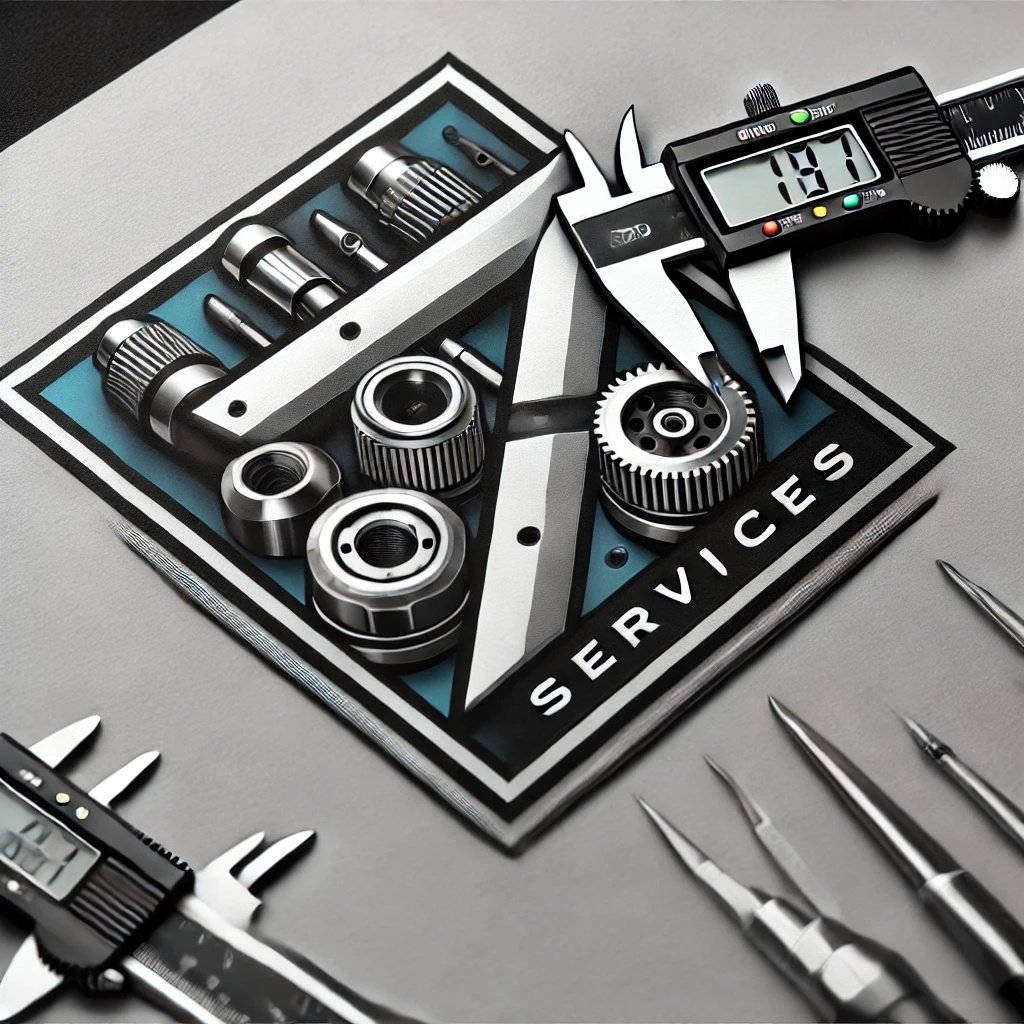Welcome to the farm
Through our print farm and partners we offer a full range of 3d printing services.
Fused Deposition Modeling (FDM)
FDM is one of the most common 3D printing technologies, utilizing a heated nozzle to extrude thermoplastic filament layer by layer to build an object. It is widely used due to its affordability, accessibility, and compatibility with a variety of materials, including biodegradable options like PLA and recyclable plastics such as PETG.
Pros:
Cost-effective and widely available
Compatible with a range of materials, including recyclable and biodegradable filaments
Easy to use with minimal post-processing
Strong and functional parts, especially with proper settings
Cons:
Lower resolution compared to other technologies, leading to visible layer lines
Prone to warping and adhesion issues with some materials
Slower print speeds for complex geometries
Stereolithography (SLA)
SLA printing uses a UV laser to cure liquid resin, creating highly detailed and smooth objects. This process is ideal for applications that require high precision, such as dental models, jewelry, and prototypes.
Pros:
Extremely high resolution and fine details
Smooth surface finish without visible layers
Excellent for intricate designs and functional prototypes
Cons:
Resin materials are often expensive and not always recyclable
Requires post-processing, including washing and UV curing
Less durable for mechanical applications compared to FDM
Selective Laser Sintering (SLS)
SLS employs a high-powered laser to fuse powdered materials, such as nylon, layer by layer. It is a favorite for industrial applications due to its ability to create strong, complex, and functional parts without the need for support structures.
Pros:
Strong, durable, and functional parts
No need for support structures, allowing for complex geometries
Good material options, including recyclable powders
Cons:
Expensive equipment and materials
Requires a controlled environment for best results
Post-processing can be labor-intensive, including powder removal
Digital Light Processing (DLP)
DLP is similar to SLA but uses a digital projector screen to cure an entire layer at once, making it faster than SLA while maintaining high detail. It is commonly used for dental, jewelry, and small-scale production.
Pros:
Faster printing compared to SLA
High resolution and smooth surface finishes
Ideal for intricate and small parts
Cons:
Requires specialized resins, which may not be recyclable
Limited build volume compared to FDM and SLS
Post-processing necessary, including resin cleaning and curing
Multi Jet Fusion (MJF)
MJF is a powder-based printing process that uses an inkjet array to apply fusing agents, which are then heat-sintered layer by layer. This results in strong, isotropic parts with fine details, making it suitable for industrial-grade production.
Pros:
High strength and durability with excellent mechanical properties
Smooth surface finish with fine details
No support structures needed, allowing for complex designs
Cons:
High cost of equipment and materials
Limited material options, though some powders are recyclable
Requires post-processing to remove excess powder
PolyJet Printing
PolyJet technology works similarly to an inkjet printer but deposits liquid photopolymer resin onto the build platform, which is then cured by UV light. It enables multi-material printing with high precision and color capabilities.
Pros:
Multi-material and full-color printing capabilities
Extremely high resolution and smooth finishes
Ideal for prototypes that require visual realism
Cons:
Expensive materials and machines
Parts may be brittle and not suitable for mechanical applications
Requires post-processing for support removal and curing
